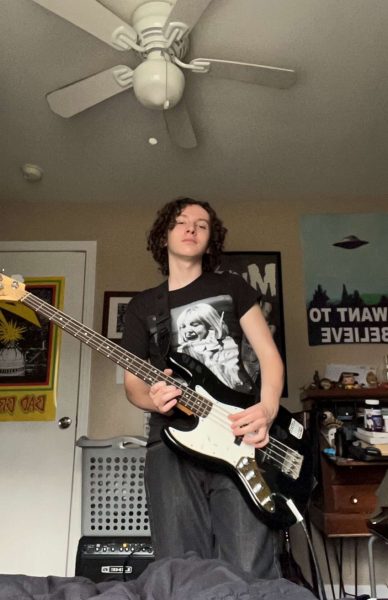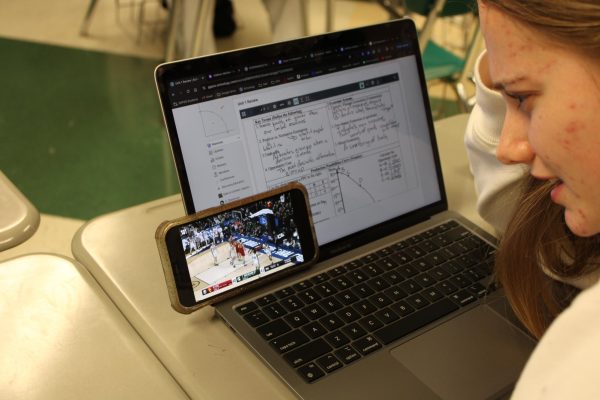“RFLEX”: intense, high speed quests for high scores

May 23, 2018
Everything about “RFLEX” screams of a game hellbent on examining the breaking point of a player and their reaction time. Taunting those who wish to surpass old scores, failures can prompt “DEAD” to appear on screen. There is no doubt that the upbeat electronic soundtrack and the super sensitive key presses exacerbate the ability for “RFLEX” to turn a player’s seemingly minor mistake into a catastrophe.
For a brief moment, the objective is displayed once embarking on the first mode. To surpass the presented challenge, the player must survive over the course of sixty seconds, dodging oncoming rectangles by using the arrow keys to jump around a nine-dot grid, with each dot representing a location to rapidly move to. Once defeating the first mode, there are still four difficult modes ahead, with noticeable distinctions based on quickened paces, in which the first level of “Amusement” greatly differs from that of the final mode, ‘Death-wish”.
The controls are quite fluid, requiring quick reactions to avoid the rectangles. Since the presses are highly sensitive, they may fling the square to dots across the grid. As a solution, releasing all keys will recenter the square to the middle of the nine dots, eliminating the need to tap keys to jump a single square over. These instantaneous, rapid movements ensure that accidents cannot be made, as they may lead to accidentally striking a rectangle if the speed is not mastered.
Complementing the uneasy atmosphere of hurried movements, the upbeat soundtrack is easy to be immersed in among the numerous attempts brought about for high scores. The modes each have their own tracks, mirroring the intensity of their respective difficulty. Sounding independent of one another, the tracks are great in establishing a mode amid the range of difficulties available. For the harsh nature of “Death-wish” — where four blocks are often sent blazing across the screen — the track of Machinarium by Adhenoid is a perfect finale to the series for its powerful notes and swift rhythm.
Besides its impressive balance around speed, aspects from arcade design seep into each of its visuals. Sounds for menu selections are reminiscent of retro arcade blasters. Albeit a tad unnecessary, the ability to alter the “curve” of the screen inwards can artificially jut the grid of squares out nearer to the player, further standing out from the contrasting neon background. Since the graphics are clean and flashy rather than bit-like, the two styles blend to create an aesthetic aura about the game, referring back to its electronic roots without appearing old-fashioned.












